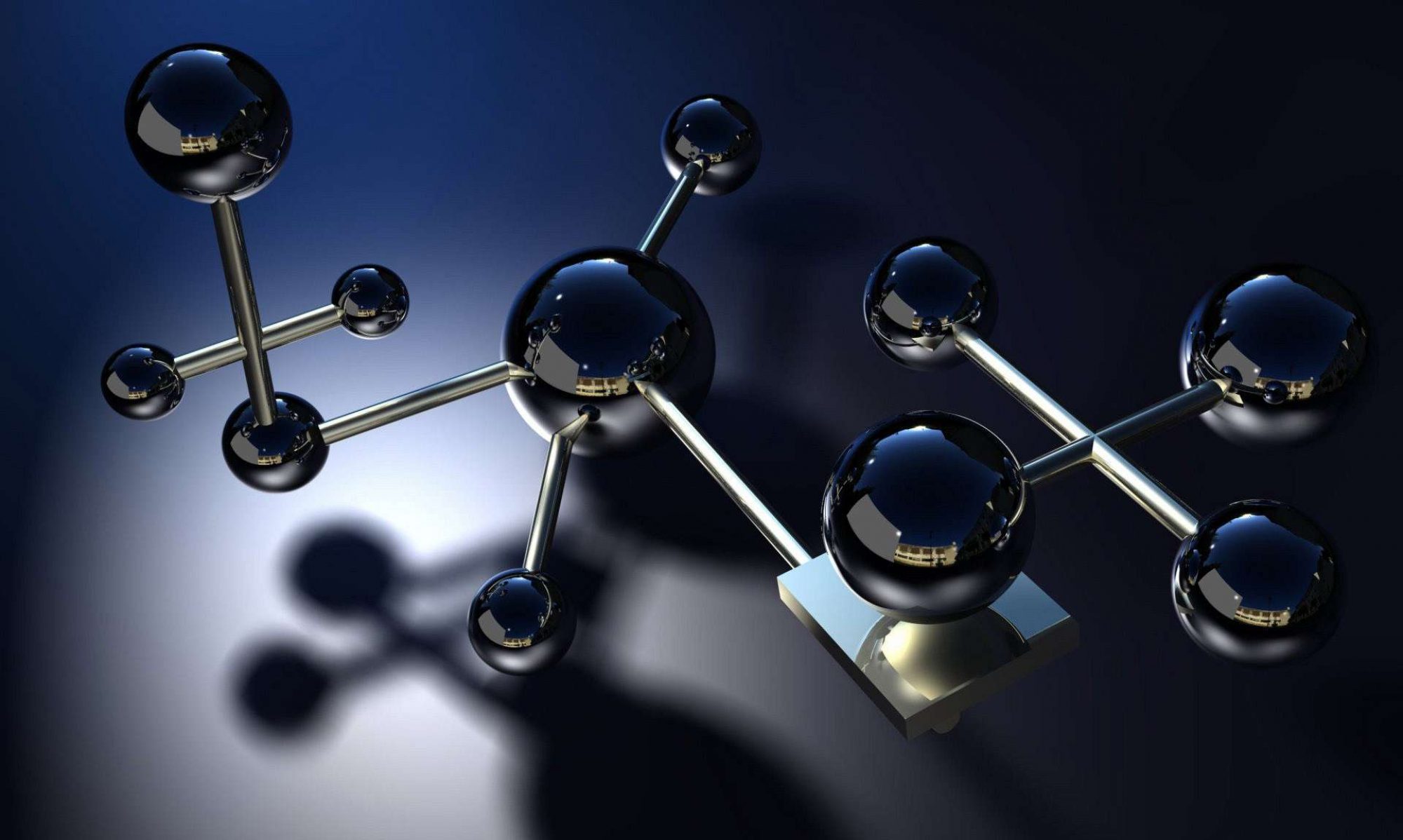It goes without saying that the use of any face mask will reduce the transmission of airborne infections. Masks can protect the wearer from viruses entering their nose, mouth and respiratory tract, and they can prevent the person wearing the mask from spreading the virus to others (if the wearer happens to be infected and carrying the virus).
Why Were Masks Discouraged Initially?

So what’s the deal with the WHO (the World Health Organization) and other health authorities initially downplaying their effectiveness and actually discouraging their use by the general public? It’s possible that they were following the progression of the accumulation of evidence as they have said. But, let’s be honest, if they weren’t effective they wouldn’t be as important to health care providers as we know they are. I think that there are two more important answers to why they were initially discouraged. The first is that there was and is a shortage of hospital grade face masks. If the general public started demanding them even more than they already are, it would simply put more strain on the supply required for frontline health care workers.
The second likely reason is that the effectiveness of any mask depends on its design, the material it is made out of and most importantly, the way it is used. I’m not going to focus on design and material. But obviously, anything that filters the air that you breathe in and out will have some effectiveness and so even the use of a bandana can work to some extent. Unfortunately, the average person is very likely to misuse any style of mask that they choose by overusing it , reusing it unwashed or mishandling it. In fact, masks used in hospitals are expected to be used once and only once and then safely discarded. (However and very unfortunately, because of their shortage, some frontline workers are forced to wear the same mask longer than they should and even worse, reuse it.)
Use Them Properly
So, while the current explosion of internet instructions for home made masks might be great and also help maintain the supply of manufactured masks for health care providers (and environmentally friendly), it’s critically important that all of these homemade masks (any other) are used properly.  When you put on your mask and head off to get your groceries, keep in mind that if you walk through an environment in which the virus is present, and the mask catches the droplets containing the virus preventing them from infecting you, the virus is now sitting on the moist surface of the mask. Again, if the mask actually protected you, then there is a high probability that virus particles are sitting right there on the mask. The first things you should do when you get home are carefully take the mask off, throw it in the washing machine and wash your hands.
When you put on your mask and head off to get your groceries, keep in mind that if you walk through an environment in which the virus is present, and the mask catches the droplets containing the virus preventing them from infecting you, the virus is now sitting on the moist surface of the mask. Again, if the mask actually protected you, then there is a high probability that virus particles are sitting right there on the mask. The first things you should do when you get home are carefully take the mask off, throw it in the washing machine and wash your hands.
Please Don’t…
What you should not do is just put the mask down on the counter while you  unpack the groceries. Or even think about using that mask again without washing it thoroughly.
unpack the groceries. Or even think about using that mask again without washing it thoroughly.
 While you are out and about even pulling the mask down and moving it back into position can be problematic as every time you touch the mask you run the risk of touching virus particles and spreading them to other surfaces.
While you are out and about even pulling the mask down and moving it back into position can be problematic as every time you touch the mask you run the risk of touching virus particles and spreading them to other surfaces.
Better Yet…
Why not as much as possible just stay out of social environments or keep your social distance and a mask should not be needed? On the other hand, if you have to do something like grocery shopping where masks can be protective, make sure you use them properly. Don’t readjust them, only use them for short periods, only use them once and immediately wash them after each use.
Finally, if you are infected you really shouldn’t be out and about anywhere with or without a mask.
Please stay safe and think of others.
